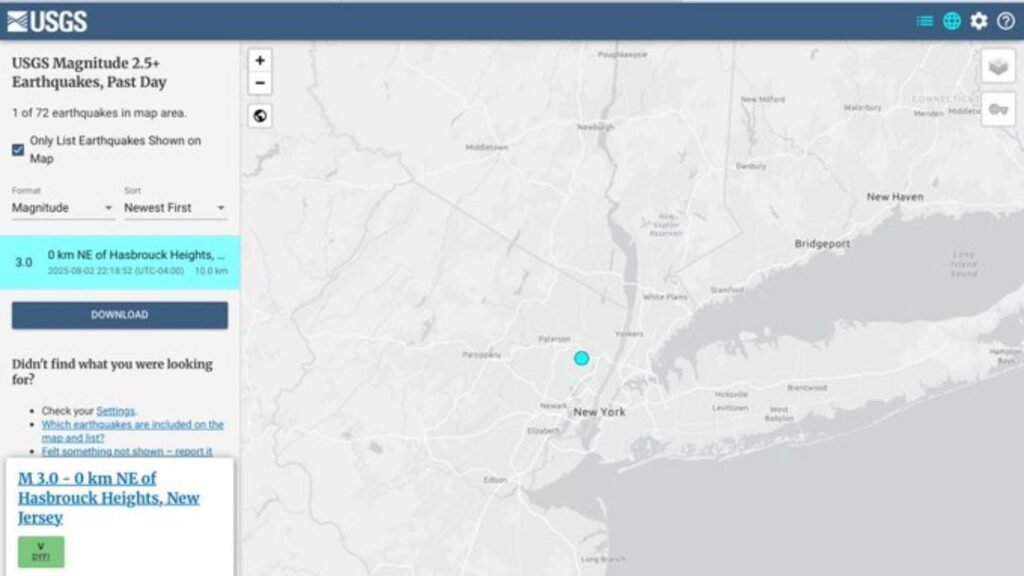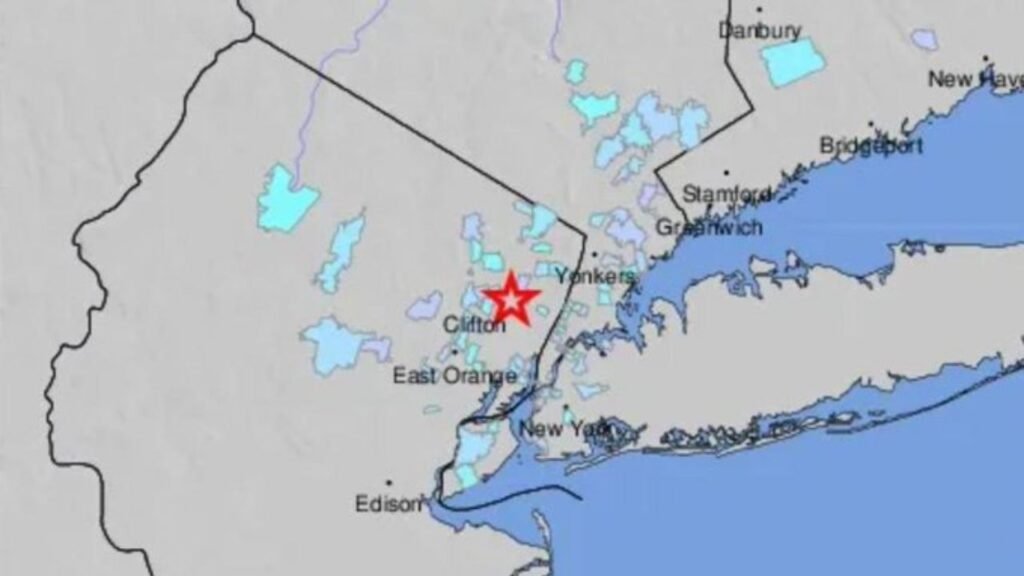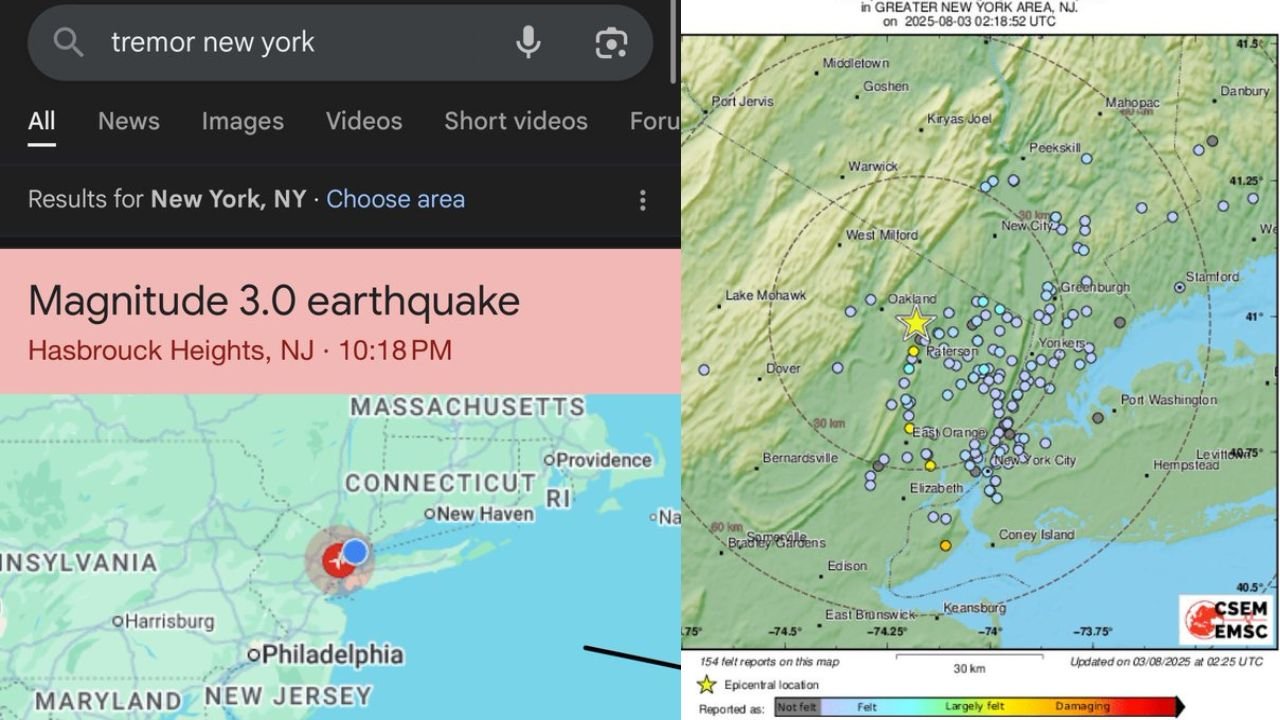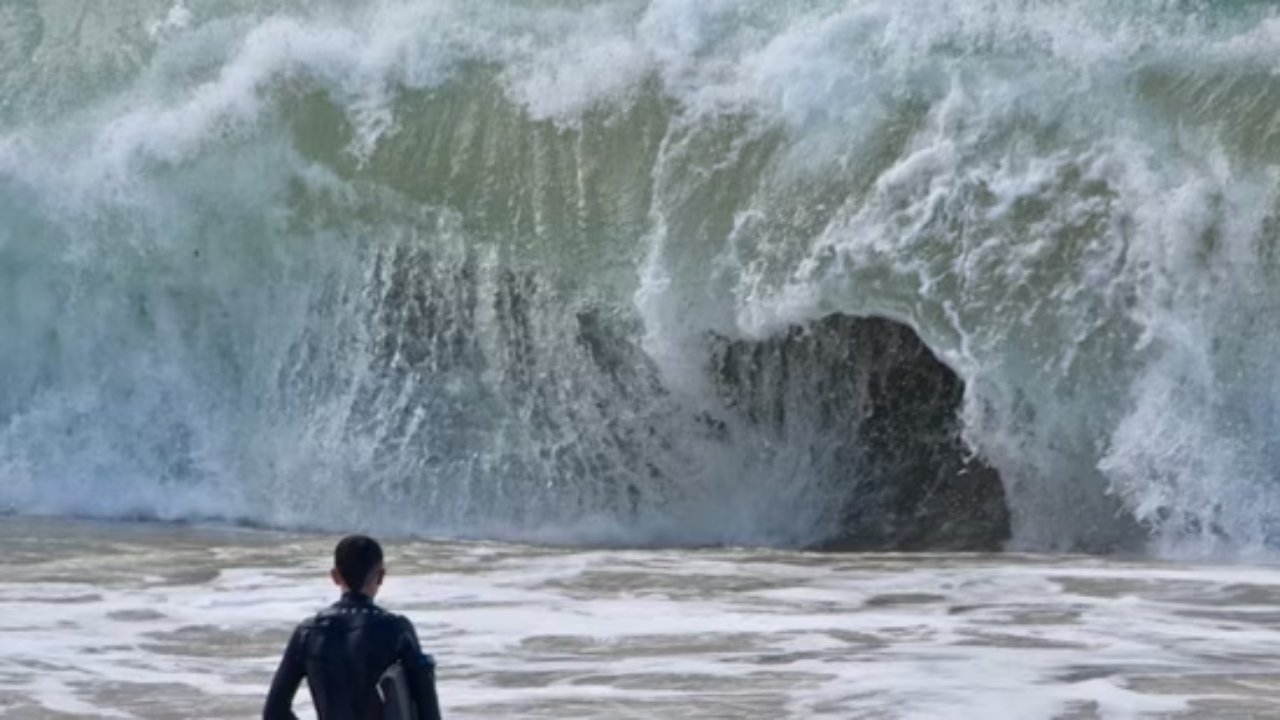Earthquake Activity in New Jersey: Comprehensive Update for 2025
New Jersey, typically not associated with significant seismic activity, has experienced a notable uptick in earthquake events in recent years, particularly following the significant 4.8-magnitude earthquake on April 5, 2024, centered in Tewksbury Township. This article provides a detailed overview of recent earthquake activity in New Jersey, including updates from 2025, drawing from reliable sources such as the United States Geological Survey (USGS), news outlets, and scientific studies. The focus is on the frequency, magnitude, impacts, and geological insights related to these events.
Recent Earthquake Activity in New Jersey
2024: A Year of Significant Seismic Events
The most prominent earthquake in recent New Jersey history occurred on April 5, 2024, with a magnitude of 4.8, centered near Whitehouse Station in Tewksbury Township. This event was the strongest to affect New Jersey since the 5.3-magnitude earthquake in 1783 and was felt across a wide region, from Virginia to Maine, impacting approximately 42 million people. The epicenter was located at 40.689°N, 74.754°W, about 1 mile north of Oldwick and 5 miles east of Lebanon, with a depth of 2.9 miles.
Despite its reach, the quake caused minimal damage near the epicenter, with minor impacts reported, such as gas leaks in Rockland County, New York, and Morristown, New Jersey, and structural damage to a few buildings in Newark and Northeast Philadelphia. Notably, four three-story houses in Newark were partially toppled, leading to the evacuation of 28 residents, though no injuries were reported. The event disrupted air traffic, halting flights at major airports like Newark Liberty International and causing delays at others.
Following the April 5 quake, over 205 aftershocks were recorded by August 29, 2024, with magnitudes ranging from 1.0 to 3.7. A significant aftershock of magnitude 3.8 struck near Gladstone, New Jersey, on April 5, 2024, at 5:59 p.m. Eastern Time.
The USGS reported a 12% chance of additional aftershocks above magnitude 3.0 and a 1% chance of a quake exceeding magnitude 4.0 in the subsequent months. These aftershocks, while minor, kept residents on edge, with some reporting light shaking and others, like Gladstone resident Barbara Howard, describing adrenaline rushes during these events.
2025: Continued Seismic Activity
In 2025, New Jersey continued to experience minor seismic events, primarily aftershocks from the April 2024 earthquake. Below is a summary of key updates:
- January 24, 2025: A 2.4-magnitude earthquake struck near Paramus in Bergen County, approximately 5.9 miles northeast of Paterson. This quake was felt in parts of North Jersey but caused no reported damage. It was one of the two tremors reported in New Jersey prior to July 2025.
- March 21, 2025: A 1.8-magnitude quake occurred near Gladstone in Somerset County at 8:23 a.m., with an epicenter 7 kilometers from Gladstone at a depth of 8 kilometers. Described as relatively weak, it caused minimal shaking, primarily felt by residents in the immediate vicinity. No damage was reported.
- July 21, 2025: Six small earthquakes struck Morris County, centered near Randolph. The strongest was a 2.0-magnitude quake at 9 p.m., with residents reporting a loud boom. The other quakes ranged from 0.8 to 1.6 in magnitude, with the first occurring at 5:40 a.m. These were considered aftershocks of the April 2024 event, and dozens of residents reported light or weak shaking.
- July 22, 2025: A 1.1-magnitude quake hit 4.1 kilometers southeast of Randolph at a shallow depth of 5.2 kilometers at 03:25 GMT. This minor event was not widely felt.
- July 31, 2025: A 2.2-magnitude earthquake occurred near Califon at 1:44 a.m., the strongest in the state in the past 30 days as of that date. This was one of six seismic events in July, five near Califon (ranging from 0.8 to 2.2) and one near New Egypt (2.0). Social media posts from residents indicated mixed experiences, with some soothing startled pets, while others felt nothing.
Historical Context
New Jersey averages about 33.7 earthquakes per year based on data from the past 55 years, with most being below magnitude 3.0. Larger quakes (magnitude 4.0 or higher) are rare, occurring approximately every 5 to 10 years. The April 2024 event was the largest since 1884, when a magnitude 5.0 quake struck off Brooklyn.
The Ramapo Fault zone, a likely contributor to the 2024 quake, extends from Pennsylvania to New York and was formed during the breakup of the supercontinent Pangaea in the Late Triassic. However, recent studies suggest the April 2024 quake may have occurred on a previously unmapped fault, prompting further research.

Geological Insights
A study published in The Seismic Record in September 2024 provided new insights into the April 2024 earthquake. Researchers, including Won-Young Kim from Columbia’s Lamont-Doherty Earth Observatory, analyzed Lg waves (low-frequency waves bouncing between the Earth’s surface and the mantle-crust boundary). They identified a previously unknown fault running south to north, tilted eastward at a 45-degree angle.
This fault’s unique orientation caused seismic energy to travel outward in bouncing waves, explaining why shaking was felt far from the epicenter (e.g., New York City, 45 miles away) but caused minimal damage locally. This behavior challenges existing earthquake risk models for the Northeast, where the crust is older and less fractured than the West Coast, allowing seismic waves to travel further.
Geologists are also examining bedrock fractures near the epicenter, some potentially millions of years old, to identify unmapped zones of weakness. Additionally, researchers like William Menke are studying precariously balanced boulders in Harriman State Park to estimate the size of prehistoric quakes, aiming to refine seismic risk assessments.
Impacts and Public Response
While no major damage has been reported from the 2025 quakes, the April 2024 event had notable effects:
- Infrastructure: Minor gas leaks, a sinkhole in Huntington, New York, and damage to 150 buildings in New York City, including a school gym in East New York. In Newark, four houses were condemned.
- Transportation: Flight disruptions at multiple airports and evacuation of the Newark Liberty air traffic control tower.
- Public Reaction: Social media posts in 2025 reflect ongoing unease, with residents like Muad’Dave on X noting the need to calm pets during tremors. Others expressed surprise at the frequency of quakes in a region unaccustomed to seismic activity.
The USGS’s “Did You Feel It?” program has been instrumental in collecting resident reports, with nearly 184,000 entries for the April 2024 quake, the highest for any U.S. earthquake. This citizen science initiative helps map shaking intensity and improve future predictions.

Future Outlook
The USGS forecasts that aftershock rates will decrease over time but may remain elevated for a year or longer following the April 2024 quake. As of July 31, 2025, there was a 78% chance of an aftershock of magnitude 3.0 or higher within the next seven days. Experts emphasize that while New Jersey earthquakes are typically minor, the discovery of unmapped faults suggests a need to reassess seismic risks, especially in densely populated areas like the Northeast.
Ongoing research by Rutgers, Columbia, and other institutions aims to pinpoint the exact fault responsible for the 2024 quake and evaluate the potential for future significant events. Residents are encouraged to report shaking via the USGS website to aid these efforts.
Conclusion
New Jersey’s seismic activity in 2024 and 2025, while not catastrophic, has highlighted the region’s susceptibility to rare but impactful earthquakes. The April 2024 quake and its aftershocks, combined with smaller events in 2025, have spurred scientific inquiry and public awareness. As researchers uncover new faults and refine risk models, residents are advised to stay informed and prepared for potential future tremors, however infrequent they may be.














Post Comment